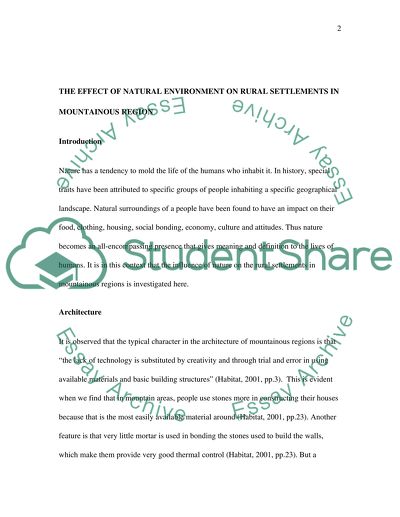Cite this document
(“THE EFFECT OF NATURAL ENVIRONMENT ON RURAL SETTLEMENTS IN MOUNTAINOUS Research Paper”, n.d.)
Retrieved from https://studentshare.org/family-consumer-science/1414052-the-effect-of-natural-environment-on-rural
Retrieved from https://studentshare.org/family-consumer-science/1414052-the-effect-of-natural-environment-on-rural
(THE EFFECT OF NATURAL ENVIRONMENT ON RURAL SETTLEMENTS IN MOUNTAINOUS Research Paper)
https://studentshare.org/family-consumer-science/1414052-the-effect-of-natural-environment-on-rural.
https://studentshare.org/family-consumer-science/1414052-the-effect-of-natural-environment-on-rural.
“THE EFFECT OF NATURAL ENVIRONMENT ON RURAL SETTLEMENTS IN MOUNTAINOUS Research Paper”, n.d. https://studentshare.org/family-consumer-science/1414052-the-effect-of-natural-environment-on-rural.


